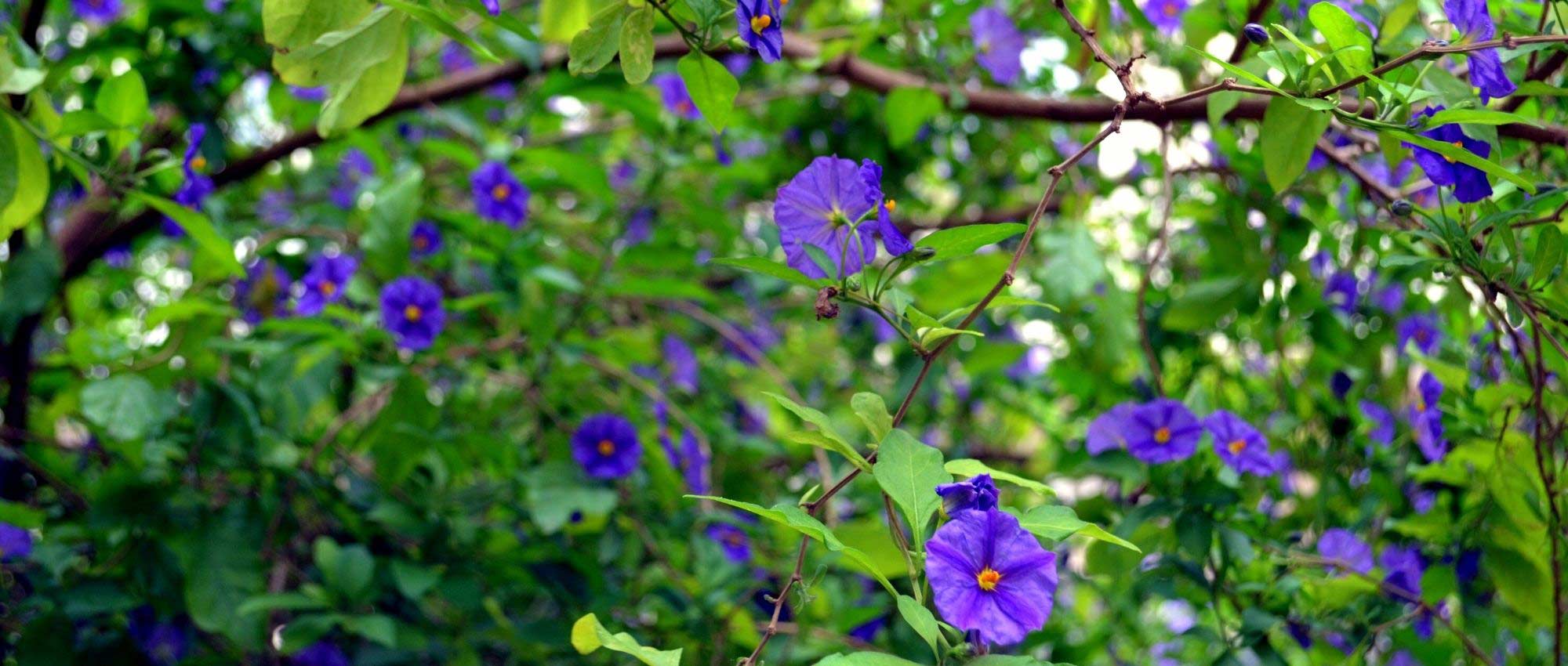
7 easy-to-propagate climbing plants
And all our tips to help you succeed!
Contents
Propagation by cuttings is one of the simplest and quickest ways to multiply plants. Simply take a section of stem (or, more rarely, a leaf or a root) and place it in soil, where it will resume growth, producing a clone of the original young plant. Indeed, propagation by cuttings allows a plant to be reproduced identically, preserving all characteristics of horticultural varieties… No risk of cross-breeding or hybridization! To propagate, make sure to use a sharp, disinfected knife or pruning shear, and to make clean, neat cuts to allow good healing and prevent disease.
Here we reveal 7 climbing plants among the easiest to propagate by cuttings, and all our advice to help you succeed!
Passionflower
Passionflower is propagated in summer, from June to September. It is an excellent way to multiply this plant, because passionflower sowing is harder to succeed.
Take a section of stem from a current-year shoot, including at least three nodes and measuring 15–20 cm long. Cut just below a leaf, and also trim the top of the cutting by cutting above a leaf. Then remove the lowest leaves on the stem, keeping only those at the top. This step limits evapotranspiration and prevents the cutting from dehydrating (water loss through stoma on leaves). Dip the base of the stem into plant hormone, then tap to remove excess. You can then plant in a mix of potting compost and sand, burying the stem 3–4 cm. Next place the cutting under cover by fitting a cut bottle or a plastic bag over the pot to maintain a high-humidity atmosphere.
It is also possible to propagate passionflower in water, simply by placing stems in a glass of water and potting on into moist compost once roots have developed.
Passionflower generally takes one to one-and-a-half months to root.
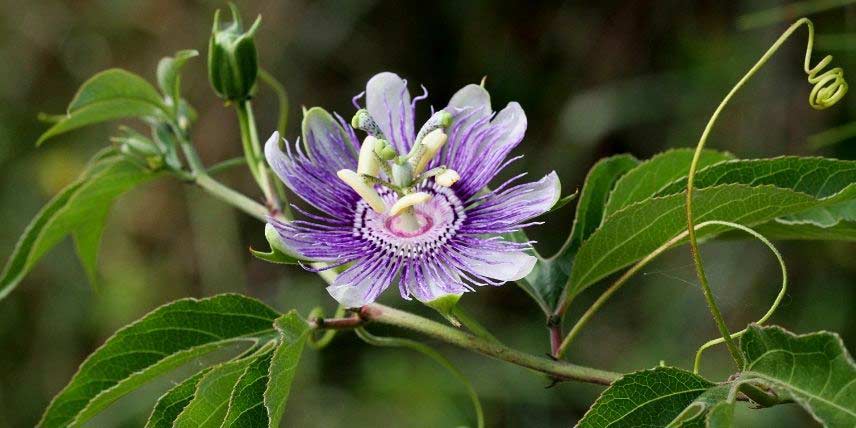
Passiflora incarnata (photo by John Flannery)
Honeysuckle
Honeysuckle is propagated by cutting in late summer or autumn.
Take a stem about 20 centimetres long from a current-year branch. Using a sharp knife, cut just below a node and remove the leaves from the base. Plant into a light, free-draining potting compost, for example a seed-and-cutting compost, inserting the stems 2–3 centimetres deep, then firm the compost around the stem. Water and place your cutting under cover. We then recommend placing pot in a bright but shaded spot, out of direct sun.
Generally, honeysuckle cuttings root easily after about three weeks. You can plant them out in spring.
Discover other Climbers
View all →Available in 0 sizes
Available in 0 sizes
Available in 0 sizes
Available in 0 sizes
Available in 0 sizes
Available in 1 sizes
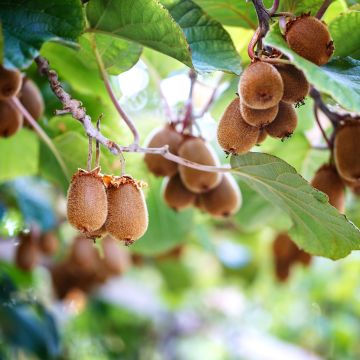
Available in 2 sizes
Available in 1 sizes
Available in 1 sizes
Ivy
Ivy is particularly easy to propagate via ivy. Best times are spring (March–April) and autumn (October–November).
Cut a stem 10–15 cm long and remove leaves from the base. You can also cut a long stem and divide it into several sections. Prepare a pot with potting compost and water to moisten it. Then plant the stem into the compost, firm well around it, and place the pot in a bright spot out of direct sunlight, ideally at 18–20 °C.
Ivy takes about two weeks to root and produce new shoots. Wait until it has established well before repotting or planting out in the garden, the following spring or autumn.
Ivy can also be propagated in water. In that case, simply place stems in a glass of water and wait until they have produced roots before potting them into potting compost.
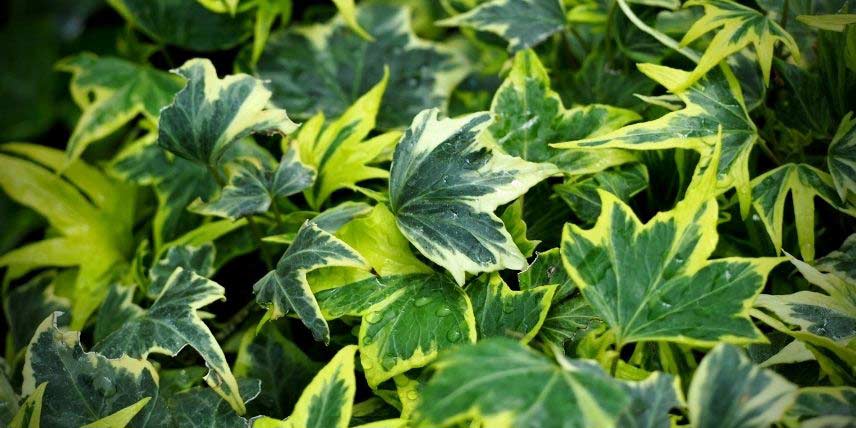
Hedera helix ‘Yellow Ripple’ (photo Agnieszka Kwiecień, Nova)
Solanum
Also called False jasmine or gentian tree, Solanum is a handsome climbing plant for mild climates that produces white, mauve or bluish flowers. It is propagated by herbaceous cuttings in spring or semi-woody cuttings in summer.
Take a non-flowering stem about 10 cm long. Remove leaves from the base of the stem, leaving only a few at the top. Then take a pot, fill it with a mixture of potting compost and sand in equal parts, and water to moisten. Plant your cutting in the substrate, then firm the substrate around the stem. Then place the pot under cover, fitting a cloche, a cut bottle or a clear plastic bag over it to keep the atmosphere humid. Ensure the substrate remains moist until the cutting takes root. Roots appear very quickly; you can repot your cuttings individually or plant them out in the ground from the following spring.
It is also possible to make a heel cutting: when you cut the stem, simply take a small section of the branch to which it was attached.
As Solanum is frost-tender, make sure to keep it under a cold frame or frost-free shelter over winter. We recommend moving your rooted cuttings outdoors as soon as there is no longer any risk of frost.
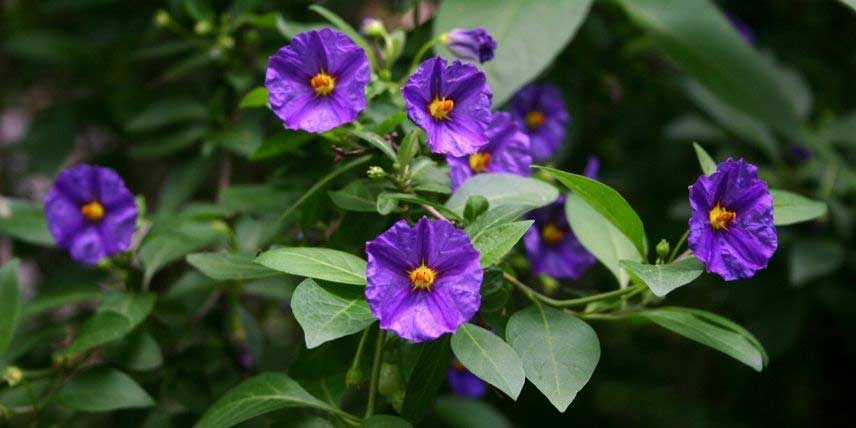
Solanum rantonnetii (photo Paul venter)
Grapevine
Grapevine is propagated by cuttings after leaves have fallen, in late autumn or early winter, ideally between November and December.
Propagating grapevine by cuttings preserves all characteristics of a variety, allowing, for example, production of new grape clusters with identical flavour.
Choose a vigorous young plant, and take a lignified cutting about 30 cm long, from a shoot of the year. It must have at least three eyes. Remove tendrils, and trim base of cutting at an angle, then dip it in plant hormone for cuttings. Tap off any excess.
Grapevine cuttings have particular need of stratification: a period of cold is necessary to trigger new shoots. They should therefore be placed outdoors for winter: after preparing your cutting, plant it in a nursery bed, burying stems to two-thirds and leaving at least 20 cm between cuttings. Water and ensure soil remains cool.
The following autumn, you can transplant them to their final location.
For more information and advice, discover our information sheet on propagation by cuttings of grapevine
Hops
Propagation by cuttings is ideal for multiplying hop because hop is dioecious (there are male young plants and female young plants): this guarantees preservation of characteristics, including sex, of original young plant. Thus, if you take a cutting from a female young plant, you will obtain a new female young plant, and likewise for male young plants.
Best time to propagate hop by cuttings is summer, around August.
Cut a semi-ripe stem about 15 cm long. Remove leaves from base, leaving only a few at top. Then dip base into plant hormone: this will stimulate root formation. Fill a pot with a light, free-draining substrate, for example a mix of potting compost and coarse sand. Make a hole in substrate using a stick or pencil, then plant your cutting and firm substrate well around to ensure good contact between stem and substrate. Then cover the cutting with a cut bottle or a clear plastic bag to keep it humid. As soon as you see the cutting rooting and producing new shoots, you can repot it into a slightly larger pot. Wait until spring to plant your young plants in open ground.
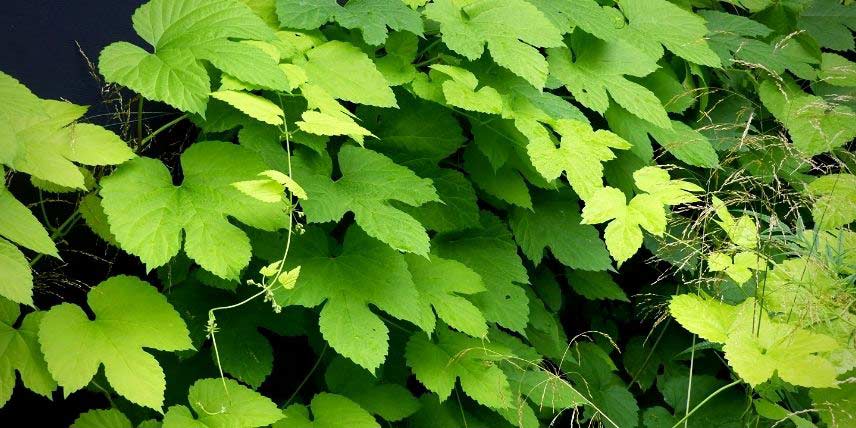
Humulus lupulus ‘Aureus’
Ipomoea learii
Also called Indian morning glory, Ipomoea learii is a particularly vigorous perennial species that produces beautiful funnel-shaped blue flowers in summer. Propagation by cuttings is the best way to multiply it, as it does not produce seeds, at least in our climate. Propagate it in summer, ideally between July and early September.
Start by cutting a semi-woody stem at least 20 cm long, preferably not flowering. Remove leaves from the base, and any flowers or flower buds if present. Place it in a bottle of water with the neck cut off, or in a pot filled with potting compost saturated with water. It should root within 10 to 15 days. If placed in water, as soon as you see it has developed sufficient roots you can plant it into a pot with potting compost, which you should keep well moist at first (to wean it gradually off the water). Keep Ipomoea under cover over winter. You can plant it out in spring.
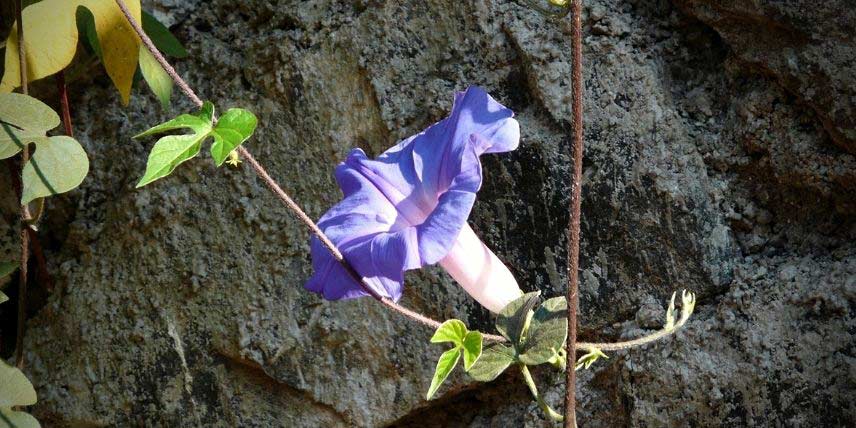
Ipomoea learii (photo Dinesh Valke)
Further reading
Discover our other advice sheets:
- Subscribe!
- Contents
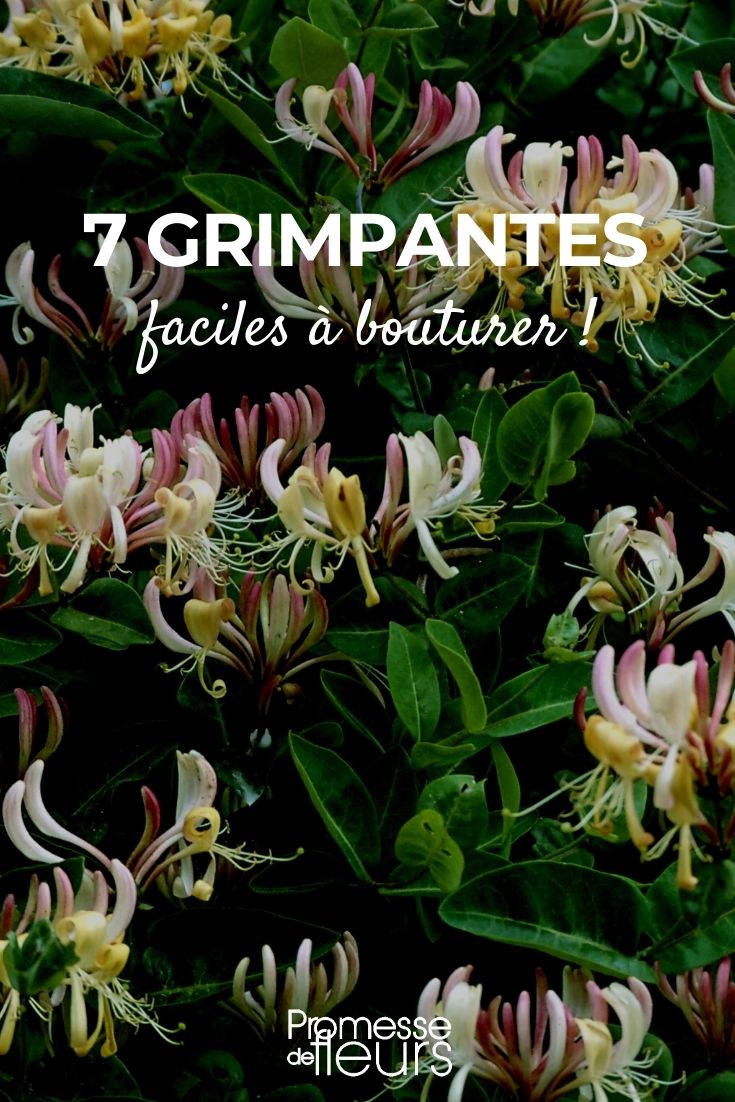































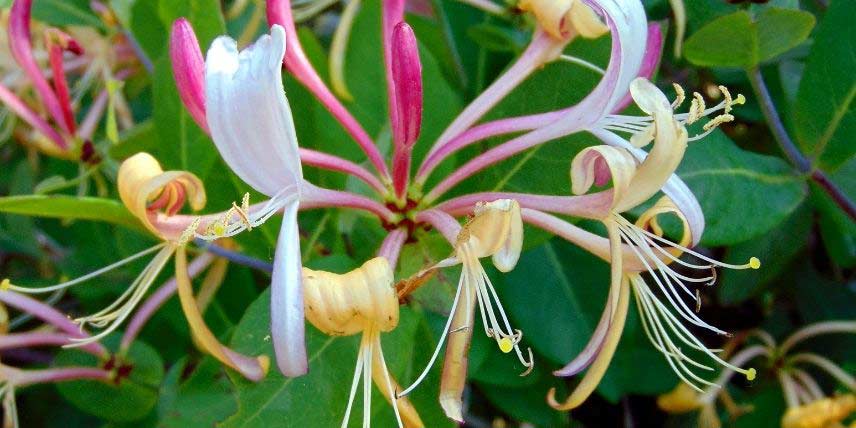
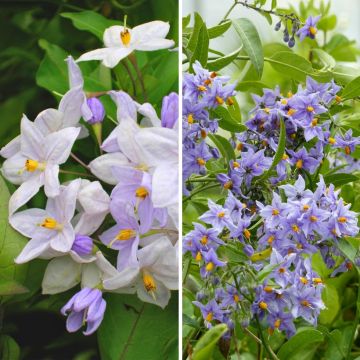
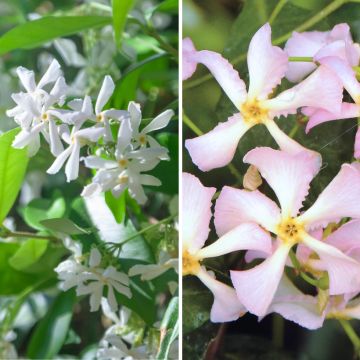

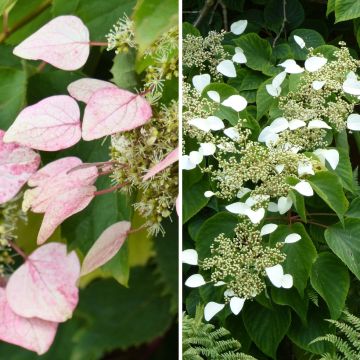
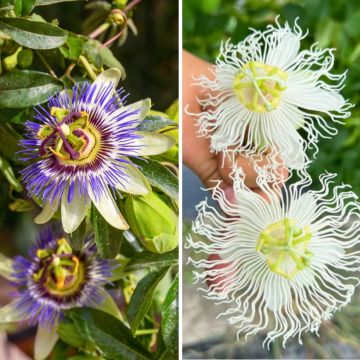

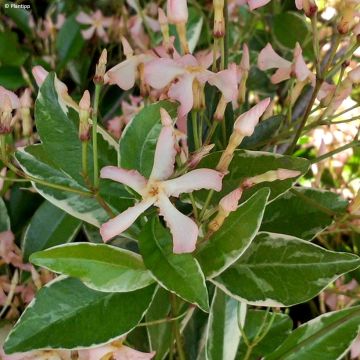

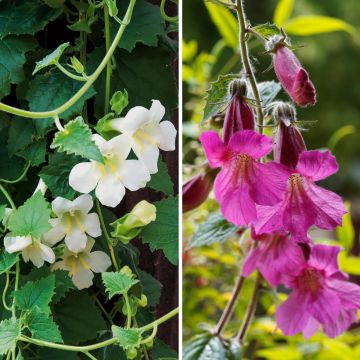
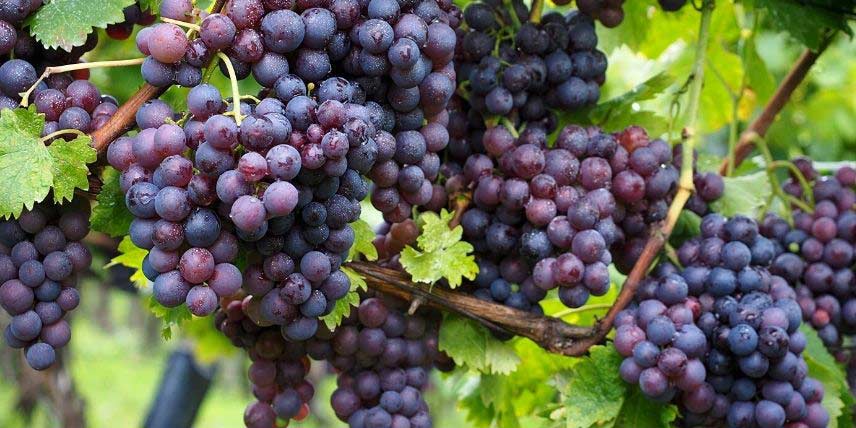
Comments